Swiss technology on a mission bound for Mercury
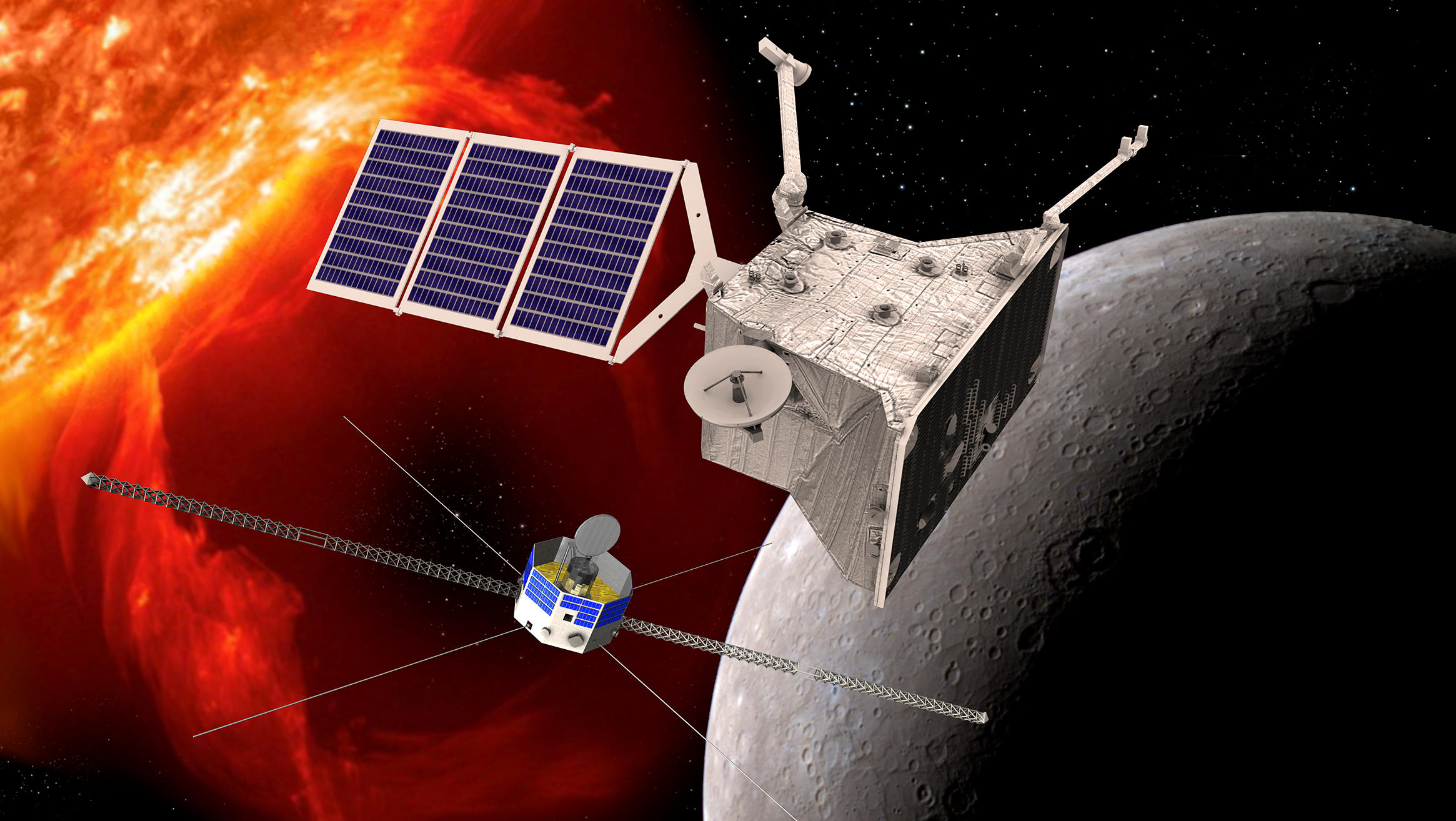
A space probe with Swiss-built instruments on board has begun its journey to Mercury to explore the smallest and innermost planet in the Solar System.
It will take an estimated seven years for the BepiColombo probe to reach its destination following the launch from the European spaceport in French Guiana on Saturday.
The 6.4 metre spacecraft, which was constructed by the European and the Japanese space agencies, has on board a laser altimeter and an innovative mass spectrometer built by the Physics Institute of the University of Bern.
These instruments will help investigate the magnetospheric interaction between the planet and the solar wind and explore the planet’s surface by remote sensing, according to a statement by Bern UniversityExternal link.
Super sensitive
The most sensitive Bela laser altimeter can measure the shape, topography and morphology of the planet’s surface.
“Fundamentally, we will be able to create a 3D image of the entire planet,” says Nicolas Thomas, director of the physics institute.
The Strofio mass spectrometer, for its part, allows scientists to record the thin atmosphere of Mercury and analyse its chemical composition, according to Peter Wurz, professor at the physics institute.
Both space researchers were involved in the BepiColombo mission and were part of the advisory group of the European Space Agency (ESA).
Thomas says the heat on Mercury – it can be ten times that measured on Earth – was a major challenge for scientists. The researchers had to design and build instruments in such a way that they can withstand the searing heat of the sun.
Once BepiColombo has achieved its intended orbit, data transmission to Earth will take about 15 minutes, according to the statement by Bern University.
The experiments and scientific investigations on Mercury could take up to two years.
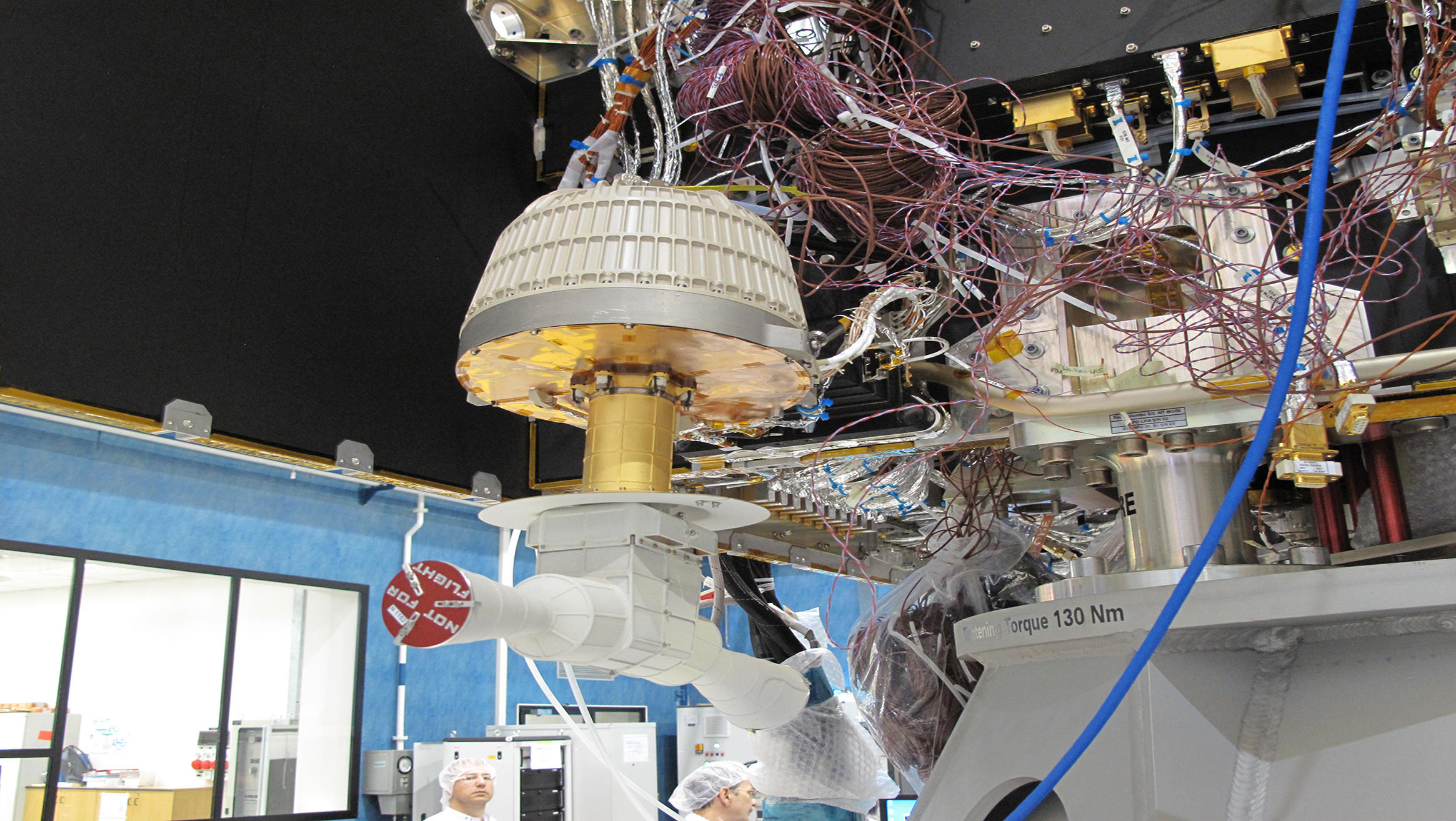

In compliance with the JTI standards
More: SWI swissinfo.ch certified by the Journalism Trust Initiative
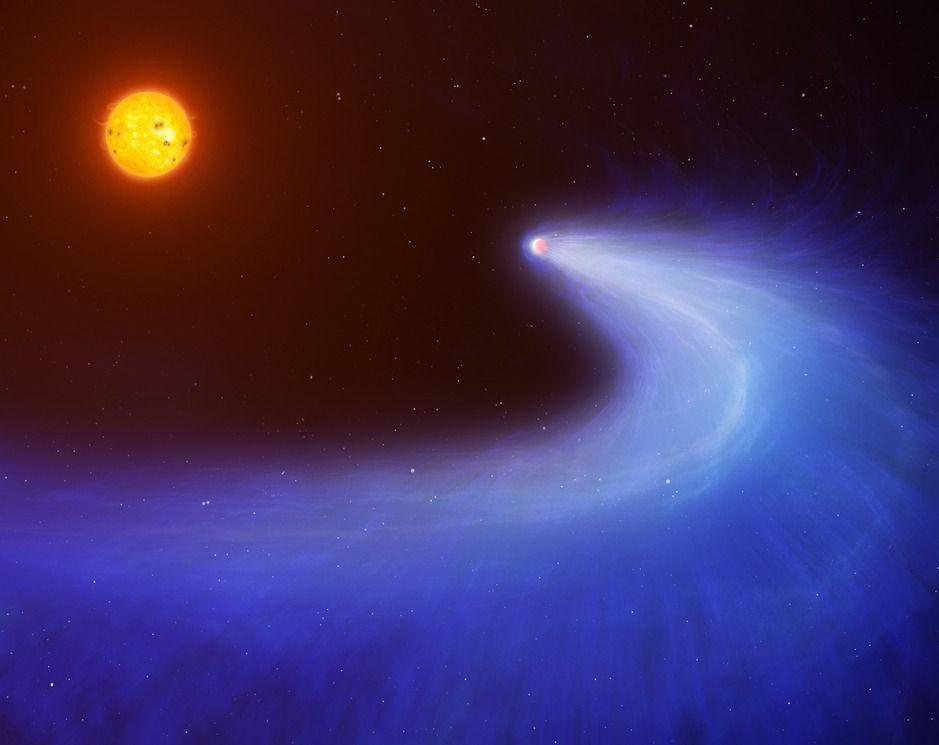
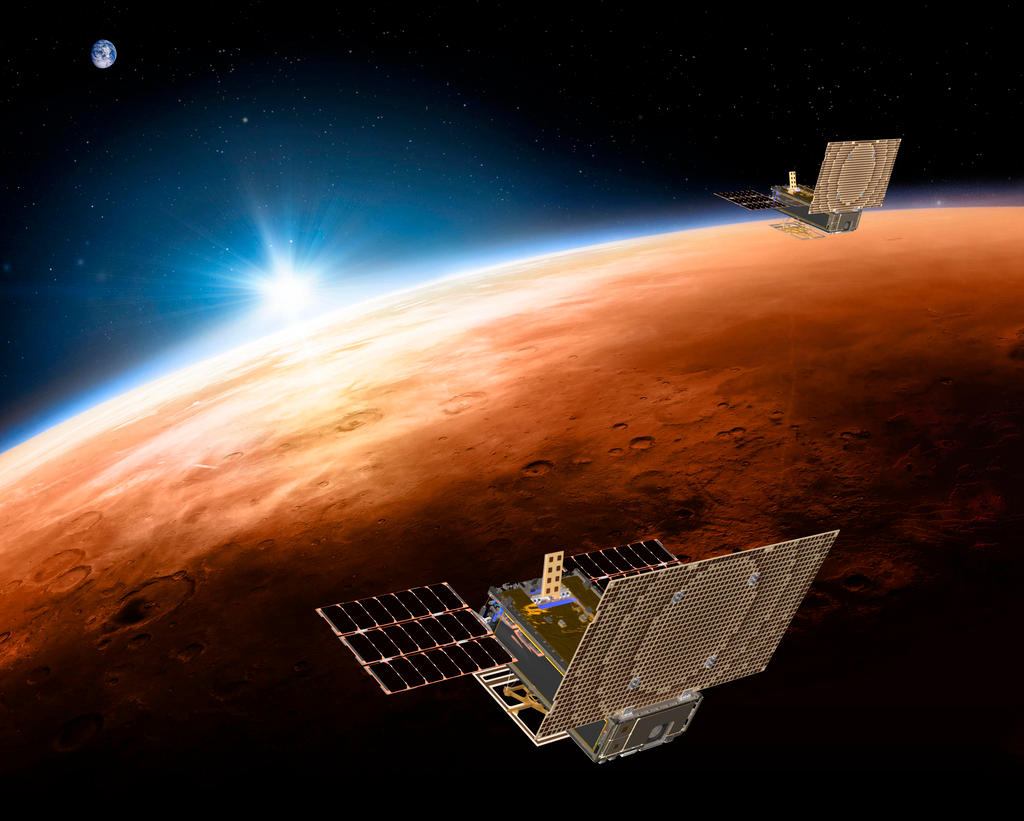
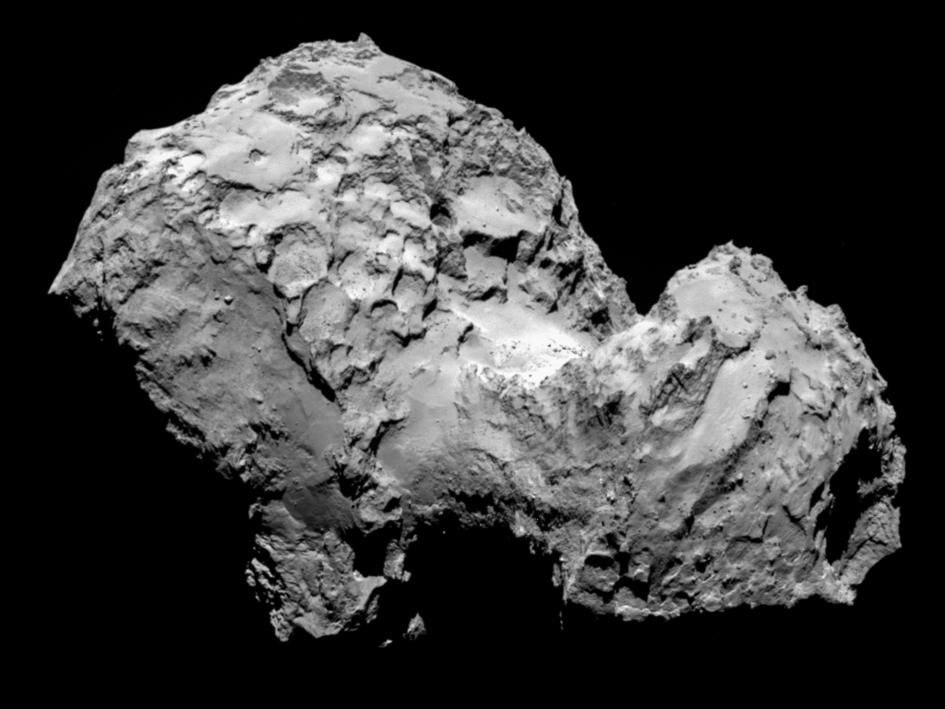
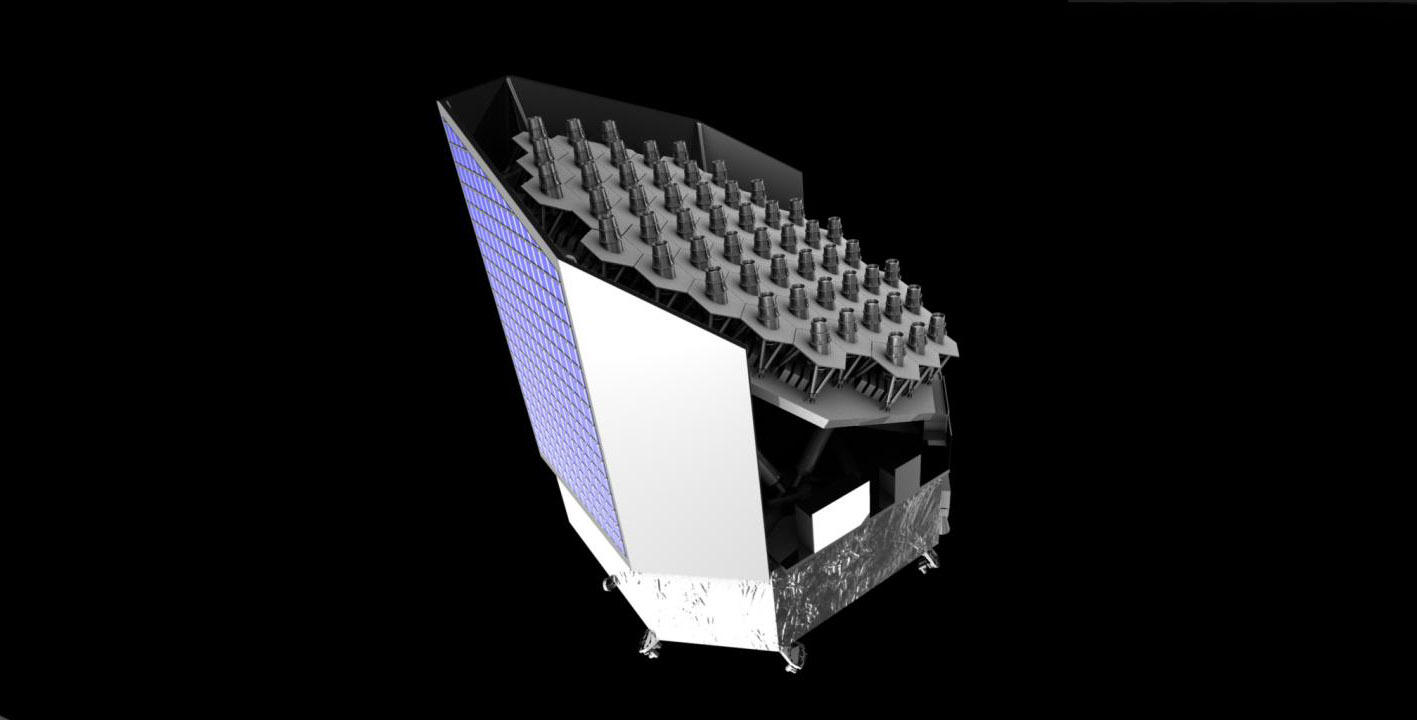
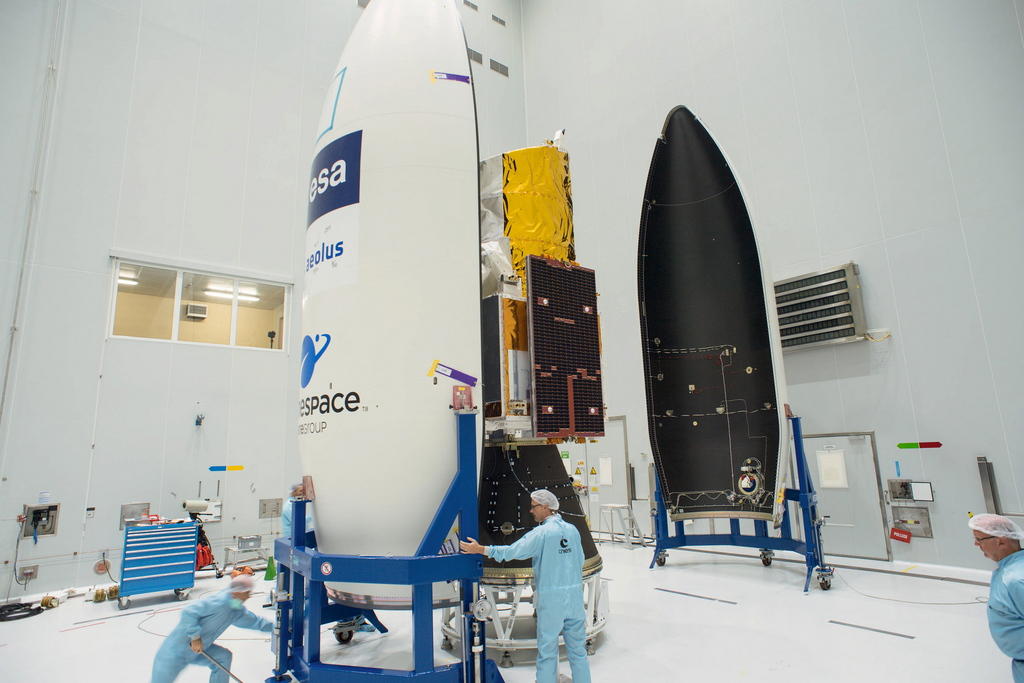
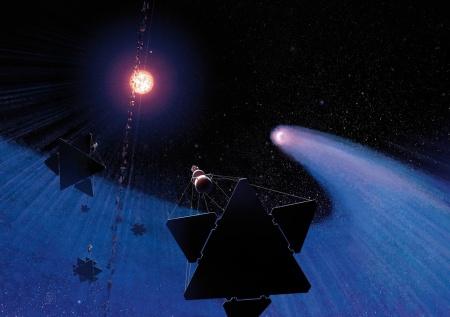
You can find an overview of ongoing debates with our journalists here. Please join us!
If you want to start a conversation about a topic raised in this article or want to report factual errors, email us at english@swissinfo.ch.